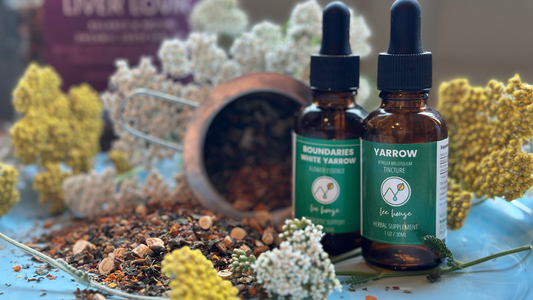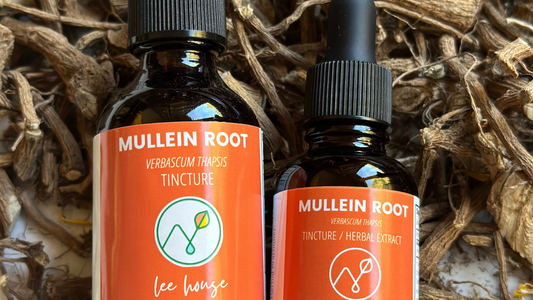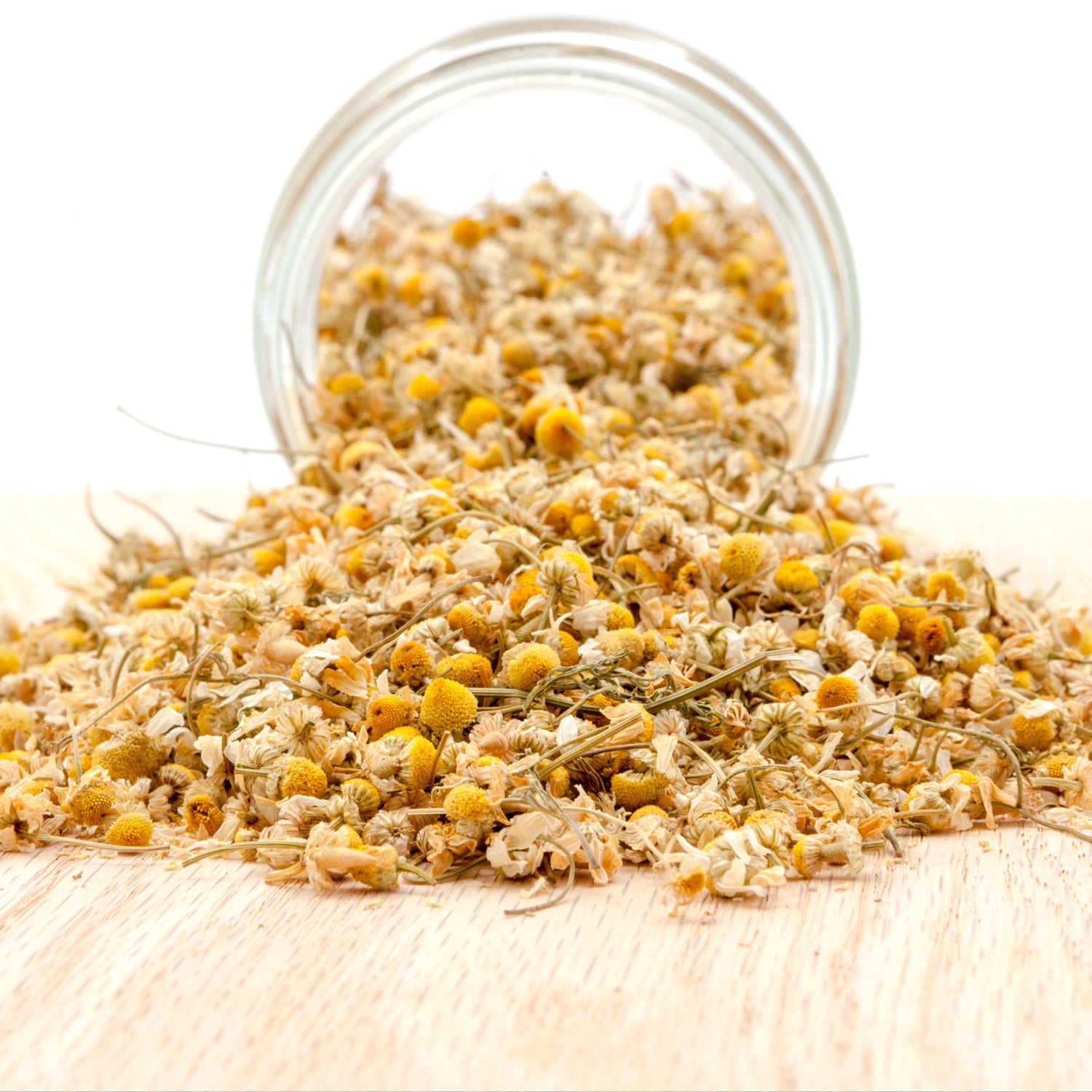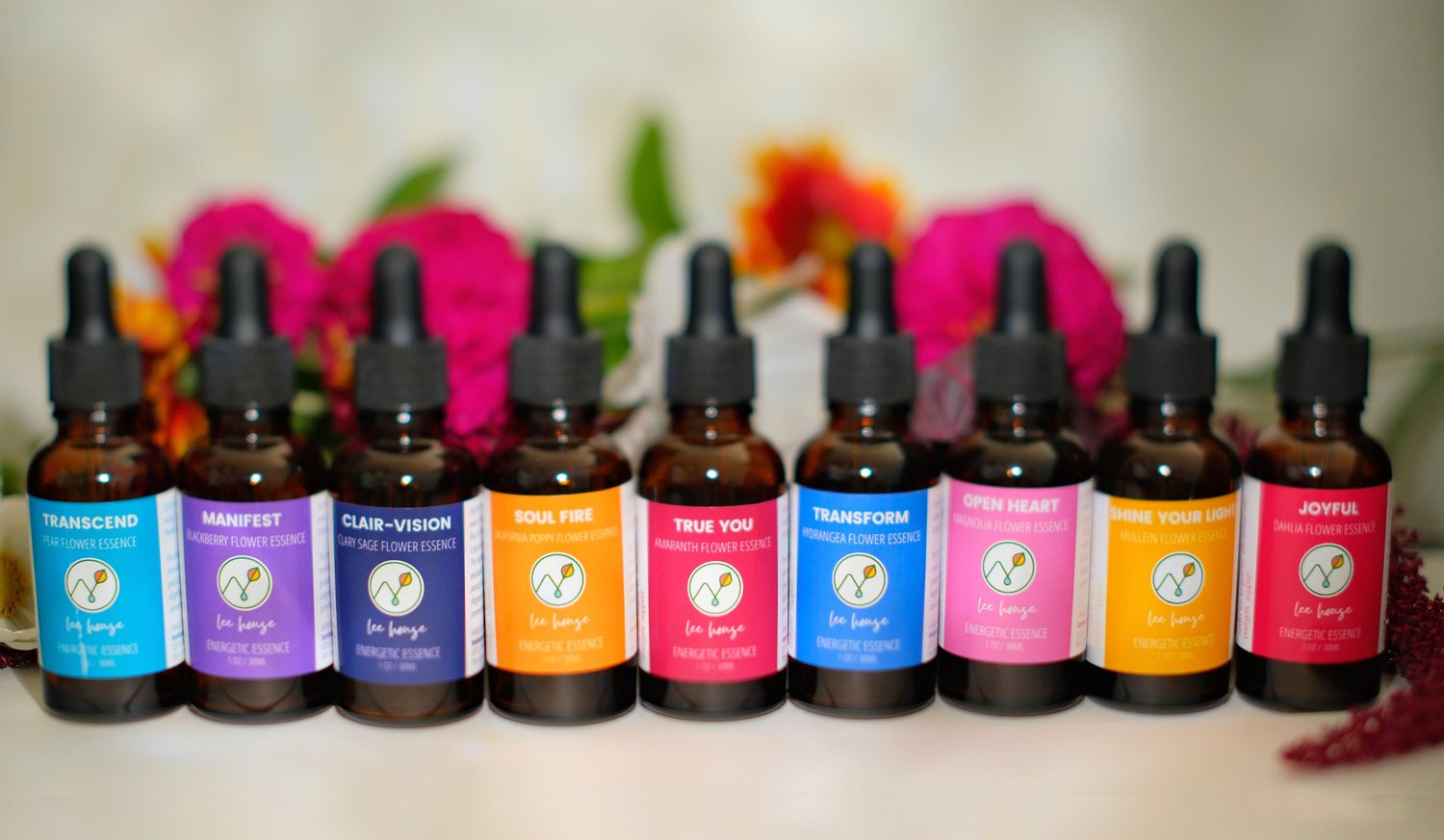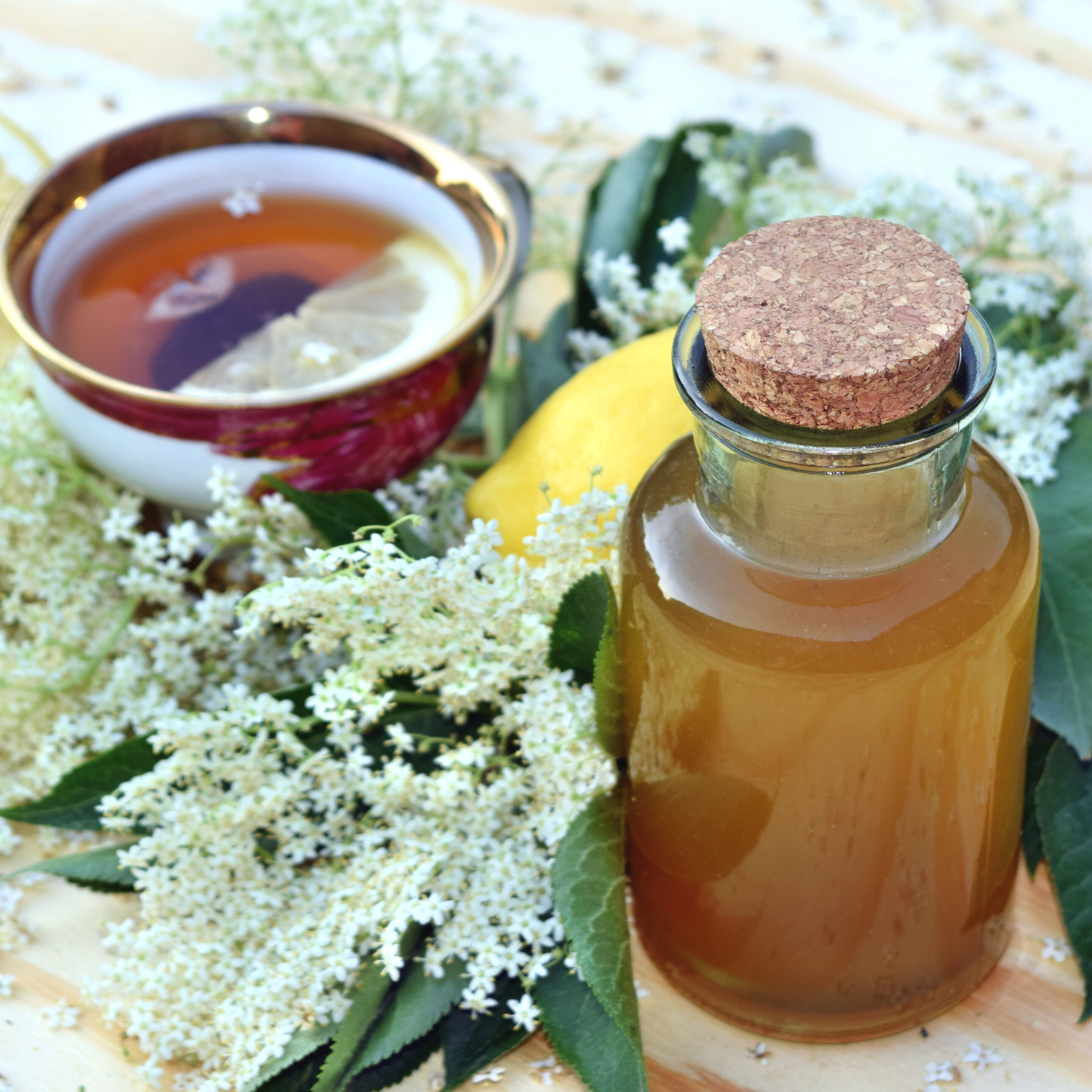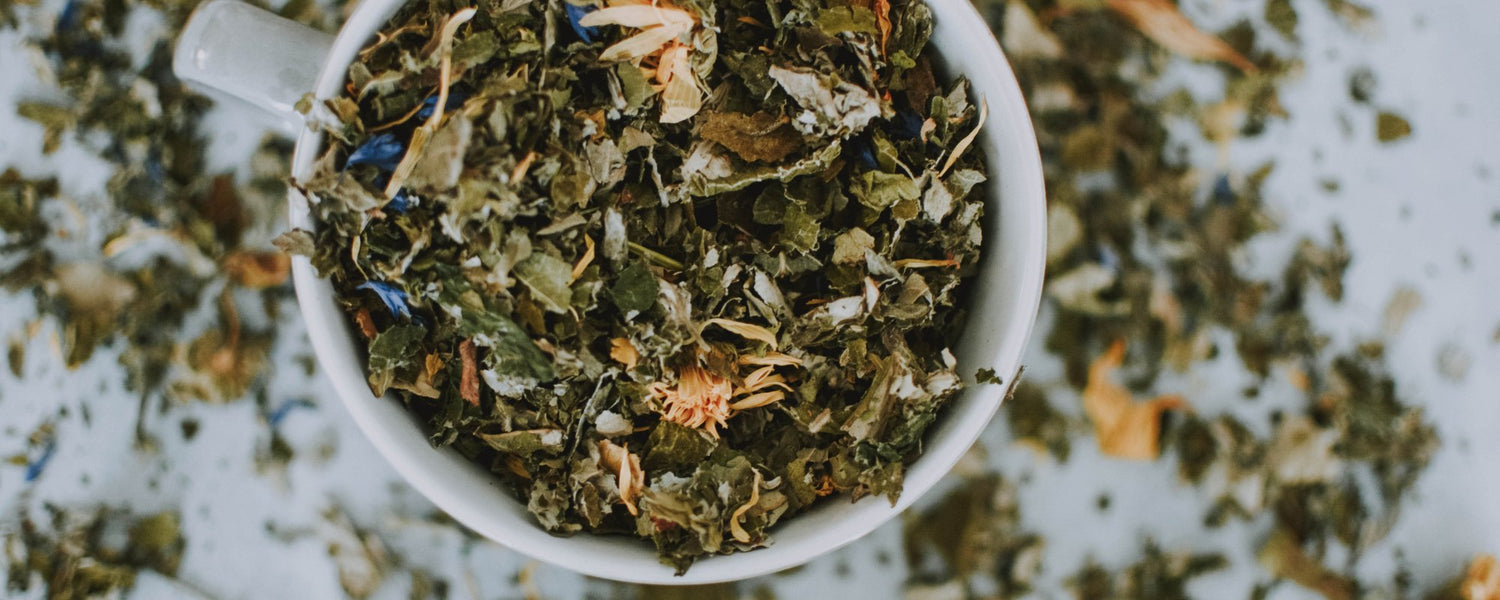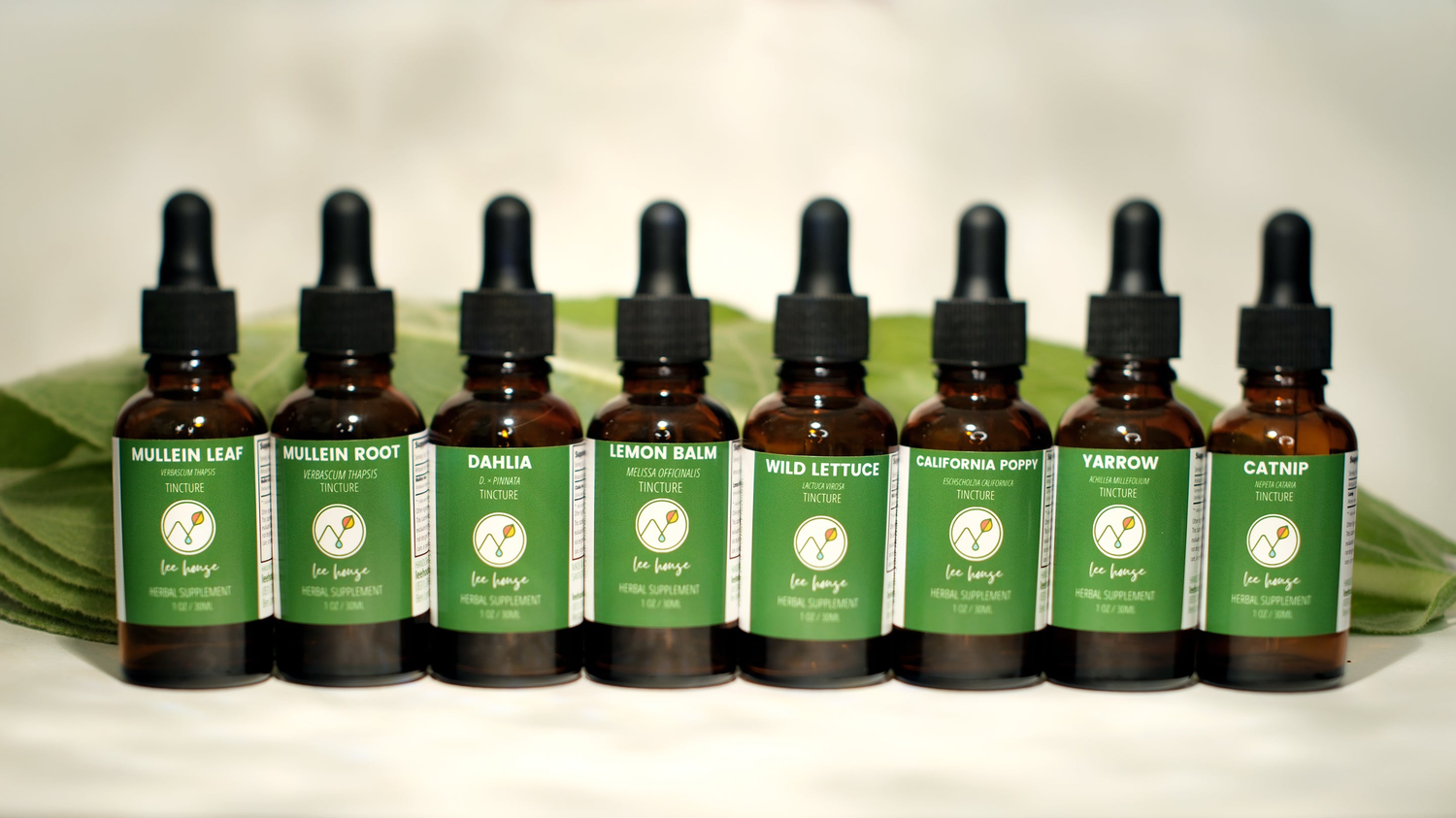
Ashwagandha: How to Grow, Care for, and Use this Powerful Adaptogen
Share
Ashwagandha, also known as Indian ginseng or winter cherry, is a powerful adaptogenic herb that has been used for thousands of years. Known for its numerous health benefits, including reducing stress and anxiety, improving brain function, and boosting immune system function, ashwagandha is a popular herb for anyone looking to enhance their overall well-being. In this guide, we will cover everything you need to know about growing, using, and caring for ashwagandha plants, from planting and harvesting. And we also share some information on how to incorporate Ashwagandha into your health routine.
If you are interested in growing ashwagandha, here is a guide to help you get started!
Ashwagandha Growing Facts
- USDA Growing Zone: USDA hardiness zones 7-11, although it can also be grown as an annual in cooler regions.
- Soil pH: Slightly alkaline soil with a pH range of 7.5-8.0
- Sunlight: Full sun to partial shade to grow and thrive. It can tolerate some shade, but too much shade may reduce growth and yield.
- Not frost-tolerant and should be protected from cold temperatures. However, it can tolerate some light frost if it is mature and established.
- Soil Requirements: Well-drained soil that is rich in organic matter. It can grow in a variety of soil types, including sandy, loamy, and clay soils, as long as they are well-drained.
- Spacing: Space 2-3 feet apart in rows that are 3-4 feet apart.
- Mature height: Up to 5 feet tall, although it typically reaches a height of 2-4 feet.
- Propagation: From seed or from cuttings. Seeds should be sown in the spring, while cuttings can be taken in the summer. Ashwagandha seeds can take up to 21 days to germinate and should be started indoors or in a greenhouse.
Planting Ashwagandha
1. Choose a sunny spot: Ashwagandha grows best in full sun, so choose a spot that gets at least six hours of sunlight per day.
2. Prepare the soil: Ashwagandha prefers well-drained soil that is slightly alkaline. Mix in some sand and compost to improve drainage and add nutrients to the soil.
3. Plant the seeds: Plant the seeds about 1/4 inch deep in the soil and about 1-2 inches apart. You can also start the seeds indoors and then transplant the seedlings outside once they are big enough.
4. Water regularly: Keep the soil moist, but not waterlogged, while the seeds are germinating. Once the plants are established, they can tolerate drought, but regular watering will help them grow faster.
5. Provide support: Ashwagandha can grow up to 5 feet tall, so provide support such as stakes or trellises to keep the plants upright. We just let our ashwagandha plants bush out, unsupported. They do fine this way.
6. In our Zone 9, Ashwagandha is a perrennial, it comes back year after year. Cut plants to the ground after the last frost. If you harvest roots, save the main rootball and replant - new shoots will return in spring!
Harvesting Ashwagandha
1. Wait for the right time: Ashwagandha roots are usually harvested in the fall after the berries have turned red and the leaves have started to yellow. The roots are the part of the plant that are most commonly used for medicinal purposes.
2. Dig up the roots: Use a shovel or garden fork to dig up the roots. Be careful not to damage them in the process. Becasue we live in a warmer climate and our Ashwagandha grows as a perrennial, I cut the roots off the root ball in the field, then re-plant the root ball so it can grow fresh again in the spring.
3. Clean and dry the roots: Wash the roots thoroughly and then lay them out in the sun to dry. Once they are completely dry, store them in an airtight container.
Health Benefits of Ashwagandha
Ashwagandha has centuries of documented use as a medicinal plant. It's important to talk to a healthcare professional before using ashwagandha or any other herbal supplement, especially if you have a medical condition, are pregnant or breastfeeding, or are taking medication.
Here are just a few of Ashwagandha's reported health benefits:
- Reduces stress and anxiety: Ashwagandha has been shown to lower cortisol levels and reduce symptoms of anxiety by up to 56% in human studies.
- Improves brain function: Ashwagandha has neuroprotective effects and can improve memory, attention, and cognitive function.
- Boosts immune system: Ashwagandha can increase the activity of natural killer cells and has anti-inflammatory effects that can help reduce inflammation in the body.
- May have anti-cancer properties: Ashwagandha has been shown to inhibit the growth of cancer cells in test-tube studies.
- Improves fertility: Ashwagandha can help improve fertility in men by increasing sperm count and motility.
- May help manage diabetes: Ashwagandha can reduce blood sugar levels and improve insulin sensitivity.
Using Ashwagandha
Ashwagandha can be used in a variety of ways:
1. As a tea: Boil a teaspoon of dried ashwagandha root in a cup of water for about 10 minutes. Strain the tea and add honey or other sweeteners to taste.
2. In a smoothie: Add a teaspoon of ashwagandha root powder to your favorite smoothie recipe.
3. In capsules: You can find ashwagandha supplements in capsule form at health food stores or online.
4. In cooking: Ashwagandha root can be added to soups, stews, and other dishes to add flavor and nutrition.
Remember to always consult with a healthcare professional before using ashwagandha or any other herb for medicinal purposes!

